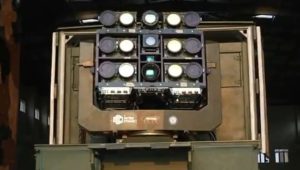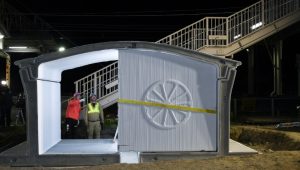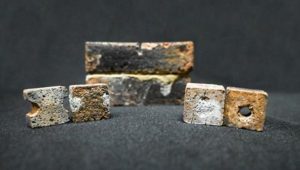India’s first cloned cow-calf of the indigenous Gir breed has been produced at the National Dairy Research Institute in Haryana’s Karnal. The institute said the calf has been named ‘Ganga’ and that it weighs 32 kg and is growing well. The Gir cow breed is capable of producing 15 litres of milk every day.
NDRI scientists produced the female cloned calf from the somatic cell of the tail of the indigenous Gir cow breed, which is a native tract in Gujarat and is popular for its docile nature, disease-resistance, heat-tolerance and high milk-producing qualities. The breed is also in high demand in Brazil, the USA, Mexico and Venezuela.
The scientists used three animals for producing this calf of a cow. Oocyte was taken from the Sahiwal breed, somatic cell from the Gir breed and a surrogate animal was a cross breed. The scientists used hand-guided cloning technology which is an economical and efficient method of cloning in comparison to other technologies of the world. They claimed the research would prove to be a major milestone in the conservation of the indigenous breeds of cattle that were on the verge of extinction.
On February 6, 2009, NDRI scientists gave the first cloned calf to the world, but it could survive only for five-six days. On June 6, 2009, a female cloned calf Garima was produced, which survived for over two years. Later, they produced Garima-2 on August 22, 2010, which has so far produced seven normal calves. Scientists also produced the first male calf Shresth on August 26, 2010, whose semen is being used for multiplication of good germplasm.















